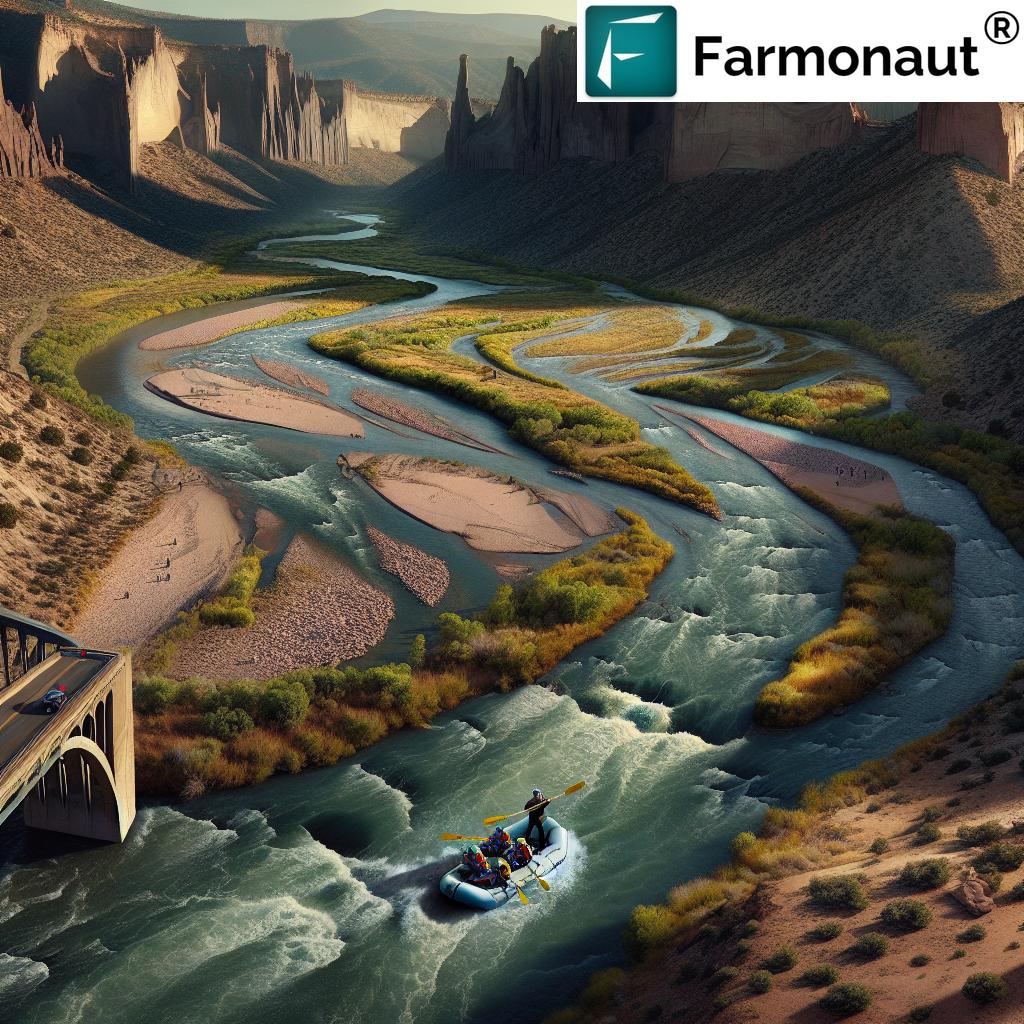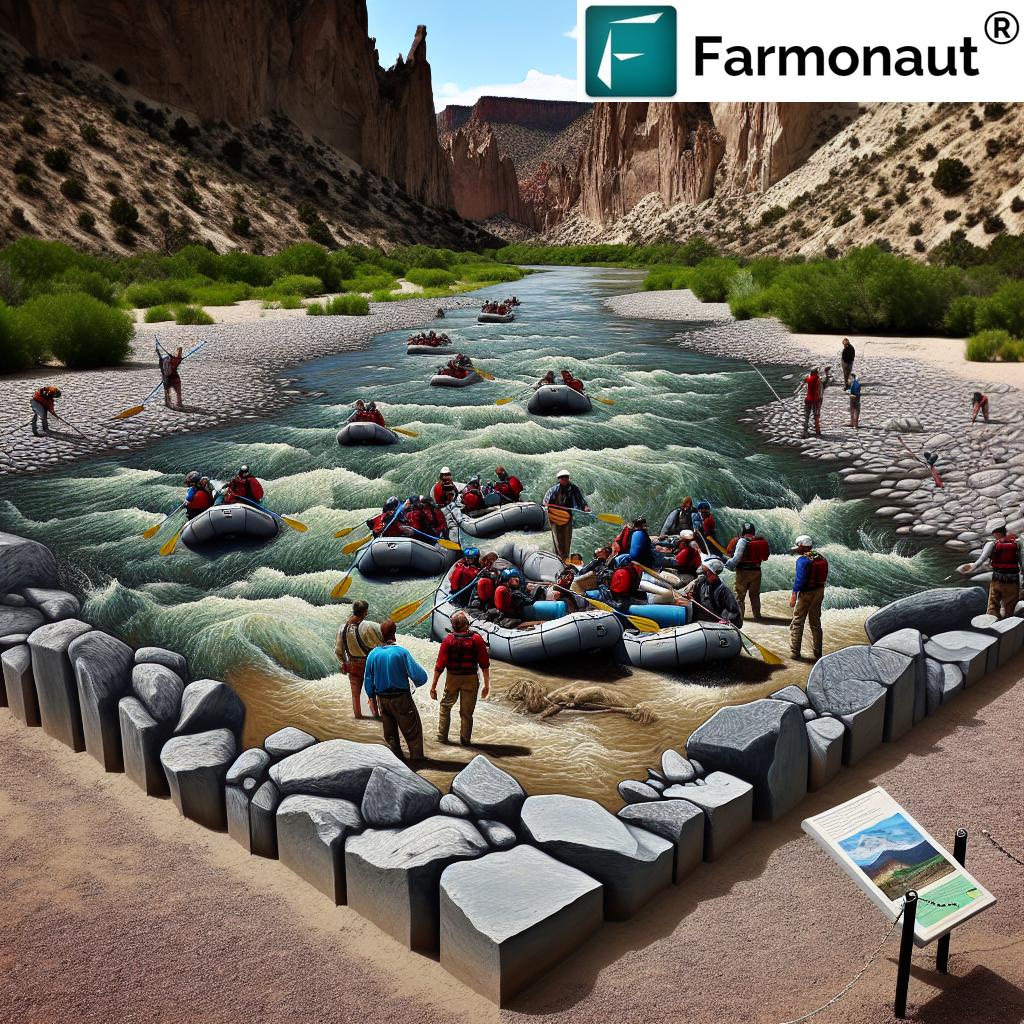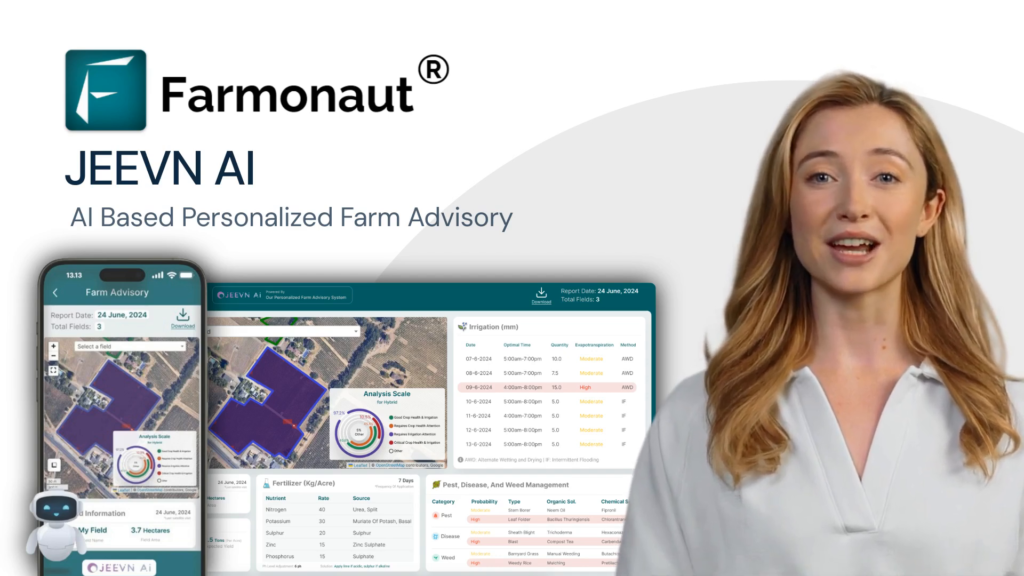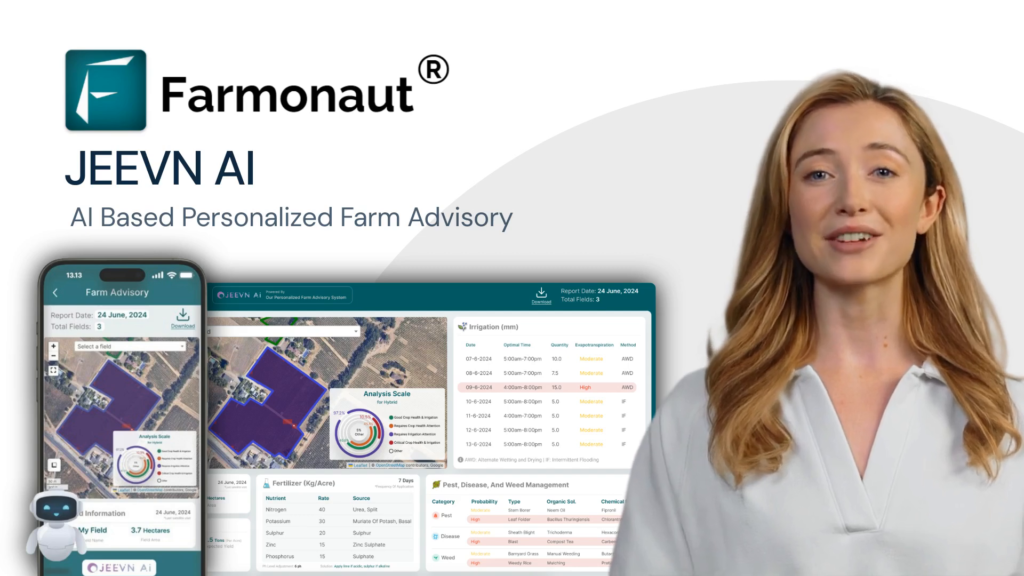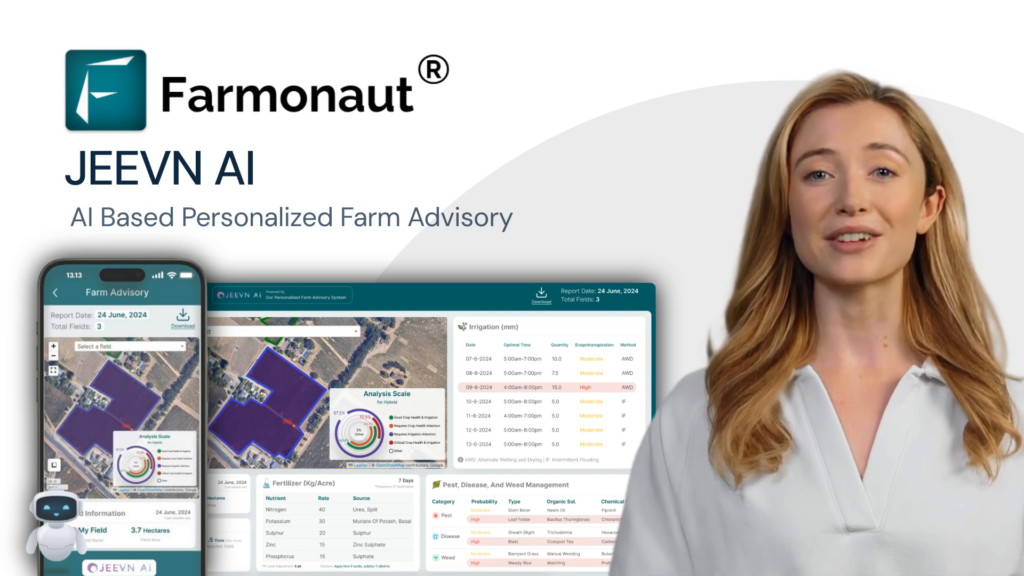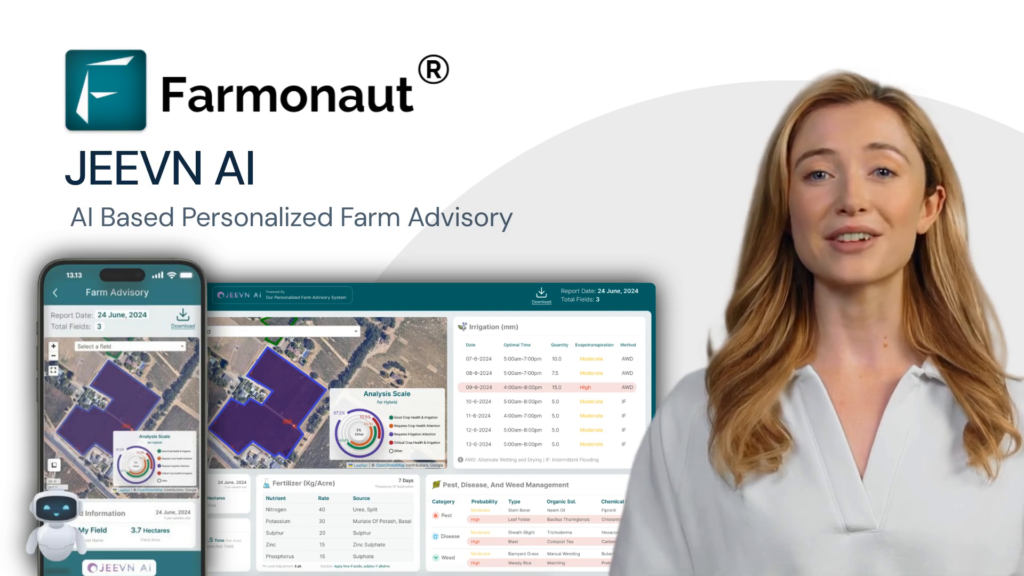Rio Grande Rafting: 7 Vital Trends Shaping Taos River Adventures
“In 2023, Rio Grande river flow in Taos dropped by 30%, reshaping rafting routes and guide strategies.”
Introduction: Standing at the Edge of Change – Rio Grande and Taos River Adventures
On a crisp, high-definition “bluebird day,” the sun glints off the water’s surface as we paddle the Rio Grande. An imposing basalt rock—a silent sentinel for millennia—juts eight feet above water that once surged far higher, reminding us just how profoundly the river has changed. Our boat glides through the Racecourse, the famed six-mile segment between Pilar and Rinconada, and one truth is clearer than the northern New Mexico sky: Rio Grande rafting is facing a pivotal moment.
Two years ago, historic runoff sent the Rio rumbling past 5,000 cubic feet per second, nearly brushing the aged wooden slats of the Glen Woody Bridge. Today, in the heart of spring, flows hover just under 300 cfs. This is not the surge of yesteryear but the quiet resilience of a river, its guides, and its local communities adapting to a water world transformed by climate, conservation, and shifting adventure demands.
As we explore these 7 vital trends shaping Taos river adventures, let’s uncover what’s happening beneath the surface. We’ll blend environmental science and first-hand guide expertise, weaving in the voices of rafting guides northern New Mexico—and show how the river, the community, and innovators like Farmonaut are rising to meet these challenges.
Trend 1: River Flow Trends Rio Grande – Shifting Currents and Water Realities
To understand the pulse of Taos river adventures, we must first grasp the powerful force that governs them: river flow trends Rio Grande. In 2023, the Natural Resource Conservation Service (NRCS) measured the Upper Rio Grande watershed’s snow-water equivalent at just 25% of the 30-year average. Such a stark deficit has profound impacts on both rafting and the entire watershed ecology.
What do these numbers mean for our river experiences?
- Average Flow Rates Plummet: Where rafters once navigated thunderous 5,000 cfs flows after spring melt, we now see river currents mimicking mid-summer’s lowest water by April and May.
- Visible Change: Iconic rocks, once hidden under feet of water, now loom on the surface—a reminder of the Rio’s diminishing power and the guide’s need for technical skill to maneuver low water routes efficiently.
- Dry River Stretches: In just one example, more than 18 miles of the Rio Grande went dry below Albuquerque in April, emphasizing that current river conditions Taos are part of state- and region-wide climatic shifts.
Northern New Mexico’s snowpack, soil moisture, and timing of seasonal runoff are all tightly linked to the adventure season. The NRCS suggests Taos County watersheds are faring better than other parts of New Mexico—but forecasts warn of up to 25% less water statewide within half a century.
For rafting guides northern New Mexico, every foot of water lost or every dry tributary is more than just a statistic; it’s a daily challenge, a shift in business, and a call to action for sustainable recreation.
Trend 2: Racecourse Rafting Segment – Adapting Adventures, Shifting Surface
The iconic Racecourse rafting segment—stretching six winding miles from Pilar to Rinconada—serves as a bellwether for rafting in northern New Mexico. Our guides, who have run this segment across decades, highlight significant changes:
- Changing Surface and Technicality: Low water exposes rocks, narrows channels, and increases the technical challenge of piloting a raft. Exposed boulders become both obstacles and touchstones of history, like the “Cheese Grater,” now far above spring’s modest waterline.
- Variable Raft Choices: Where once we sent dozens down in 10-person boats, we now adjust by running lighter one- and two-person kayaks (funyaks). In high-water years, adrenaline dominates. In low-water years, technical navigation, teamwork, and family-friendly floats take center stage.
- Guides Adapt on the Fly: “If we have enough water to float, we have cake; if we have enough for white water, we have frosting,” says one local guide. These creative adjustments are how rafting companies continue to offer satisfying, safe adventures, even as flows fluctuate wildly.
The Racecourse rafting segment may not always offer the hair-raising excitement of floods, but the promise of river adventure in Taos endures, shaped by nature’s new rhythm.
Trend 3: Soil Moisture New Mexico & Climate Impact
Let’s dig deeper—literally. Soil moisture New Mexico is an invisible, yet critical metric underlying every rafting season. Here’s why it matters:
- Soil: The First Reservoir: Before any snowmelt appears in the river, dry soils absorb it like a sponge. With northern New Mexico in ongoing soil moisture deficit, early-melted snow replenishes thirsty ground rather than augmenting spring runoff.
- Impact on River Flows: According to NRCS state soil scientist Rick Strait, significant deficits mean reduced acequia flow and depleted river currents. Rafting in low water is fast becoming the norm—not the exception.
- Conservation and Recreation At Odds: The same water sustains agriculture, wildlife, and our own recreational adventures. Awareness of soil moisture not only influences irrigation decisions but shapes how, when, and if we can run our boats downstream between Pilar and Rinconada.
We’re not just choosing our river adventures—nature’s cycles are choosing them for us.
For those managing fleets—whether farm equipment or recreation vehicles—Farmonaut’s fleet management tools help optimize resource usage and reduce operational costs. By leveraging real-time data, guides and outfitters can ensure sustainable travel and logistics across challenging Taos terrain.
Trend 4: River Conservation Efforts & Guide Adaptation
With flows dropping and river challenges multiplying, conservation is now woven into the daily operations of every raft and guide company. Consider these critical efforts:
- Water as Liquid Cash: For both recreation and agriculture, water is economic lifeblood. As flows shrink, guides face stiffer competition along with acequias and cities like Albuquerque—all pulling from the same waning source.
- Guide Innovation: Today’s guides have moved away from the risk-taking “river god” days of the 1990s. Instead, safety, science, and sustainability lead. Permits are tighter, insurance costs higher, and a once-booming scene of 23 outfitters in Taos is now just seven, a testimony to the pressures of adaptation.
- Cultural Shifts: Many guests now seek out scenic and cultural experiences—birding, local history, and bosque ecology—not just wild whitewater. Guides are educators as well as adventurers, fostering appreciation for the conservation of this unique northern New Mexico ecosystem.
With every trip down the Racecourse, guides are stewards, balancing adventure and ecology—ensuring we protect the river for future low flows, monsoons, and all who love its winding course.
Trend 5: Current River Conditions Taos – Safety, Routes & Experience
What does all this mean for the current river conditions Taos? Each year presents a new complexion of challenges:
- Low Water = New Adventures: Bumping between rocks, running funyaks, and teaching new technical skills are this year’s calling cards. Kids and families find accessible fun, even if the wildest rapids are off-limits.
- Changing Safety Protocols: Many sections—like the Taos Box—are now only run by experienced guides at flows above 650 cfs, far higher than what old-timers might have attempted. Tipping risk is lower, but “swimmers” (those who fall out) can increase as exposed rocks challenge even seasoned paddlers.
- Adventurer’s Mindset: As guides, we’re not just navigating water, but uncertainty. We “adapt because it’s always been a struggle—financially, staffing-wise, regulation-wise; we’ve just learned how to struggle.” New protocols, new adventure formats, and a new focus on conservation keep us afloat.
“Over 60% of Taos rafting trips now adapt to low-water conditions, reflecting urgent conservation and climate trends.”
Each Taos river adventure is shaped by these realities—from timing and group size to the stories we tell about the land and its people.
Interested in tracking and reducing your environmental impact? Farmonaut’s carbon footprinting solution enables rafting companies, agricultural businesses, and ecotour operators to monitor emission sources, improve sustainability, and meet today’s environmental stewardship standards.
Trend 6: Technology, Monitoring & the Role of Farmonaut
With environmental trends growing ever more unpredictable, technology and data-driven insight are indispensable for the future of rafting guides northern New Mexico and conservationists. Innovations like those from Farmonaut are lighting the way:
- Satellite-Based Crop & Land Monitoring: Farmonaut’s advanced satellite imagery tracks soil moisture, river flow conditions, crop health, and much more—delivering crucial intelligence to both farmers and those managing recreation or conservation. These insights help predict runoff, assist in water resource planning, and forecast expedition feasibility for guides and local farmers.
- AI & Real-Time Advisory: Tools like Jeevn AI provide up-to-date recommendations, weather forecasts, and resource management strategies. This is especially useful across the Taos valley, where shifting weather can mean rapid changes in river safety and flow.
- Blockchain-Based Traceability: Farmonaut’s blockchain systems ensure supply chain transparency—extending from agricultural products to ecological tours and beyond. Whether you’re running a boat trip or managing watersheds, traceability increases trust and accountability in conservation-led tourism.
Explore more about traceability for eco-friendly brands and recreation: Learn about Farmonaut traceability solutions - Integrations for Developers: For advanced monitoring or research, Farmonaut’s robust Satellite Weather & Land API and API Developer Docs deliver scalable, customizable access to satellite data.
As river outfitters, farmers, and conservation groups in Taos and throughout New Mexico become ever more reliant on technology, platforms like Farmonaut ensure we’re equipped to navigate climate change, optimize operations, and champion river conservation now and in the future.
Trend 7: The Future of Taos River Adventures
Looking ahead, the future of Rio Grande rafting and all Taos river adventures is being written right now—by guides, communities, and technology adopters working side by side. Here’s what we face and how we can adapt:
- Industry Evolution: Guides are fewer and the lifestyle is less freewheeling, thanks to increased overhead, stricter permits, and shifting customer preferences. Yet, the spirit of the river and joy of adventure remain—now laced with deeper respect for sustainability and safety.
- Re-Defining Adventure: The typical customer today isn’t just a thrill-seeker but a family or group seeking connection to nature, culture, and landscape stewardship. Scenic floats, ecological tours, and local storytelling are rising alongside whitewater thrills.
- Transition from Gig to Profession: Guides must now be business-savvy, skilled educators, and conservationists—not just river heroes. Knowledge transfer, formerly passed down by “river gods,” must be systematized and preserved to keep the tradition alive.
- Role of Data & Monitoring: Whether tracking runoff and streamflow trends or making route decisions for tomorrow’s trip, real-time access to water and soil data is no longer a luxury but a necessity. Farmonaut’s precision platforms ensure those on the frontlines have the best tools available.
Financial support for farmers and agricultural businesses is critical in uncertain times. Farmonaut’s satellite-based crop loan and insurance verification tools help streamline loan approvals and insurance claims, reducing fraud and improving access to funding for those who nurture the landscape alongside river guides.
Adapting to climate, economic, and cultural shifts, Taos river guides and adventure outfitters are showing us what it means to honor both river lore and innovation—ensuring adventure for generations to come.
Comparison Table: Annual River Flow Trends & Rafting Opportunities (2019–2024)
| Year | Estimated Average Flow Rate (cfs) | Number of Raftable Days | Popular Rapids Open | Notable Conservation Events | Rafting Experience Notes |
|---|---|---|---|---|---|
| 2019 | ~2,200 | 120 | Racecourse, Taos Box, Lower Gorge | Normal snowpack, regular guide operations | Strong season, full range of adventures |
| 2020 | ~800 | 90 | Racecourse partial, limited Taos Box | Drought response discussions; soil moisture deficit | Low water, technical navigation rises |
| 2021 | ~1,000 | 95 | Racecourse, some Lower Gorge | Guide conservation training increases | Scenic floats, more family trips |
| 2022 | ~700 | 75 | Racecourse only; Taos Box closed most days | BLM reviews permits; low flow restrictions | Technical, slower pace, funyak focus |
| 2023 | ~660 | 60 | Racecourse, scenic segments | Major drop (30%) in river flow | Shift to conservation-focused trips |
| 2024 (est.) | ~550 | 50 | Select Racecourse only | High soil moisture deficit; new tech monitoring | Low-water, technical, stewardship emphasis |
FAQ: Rio Grande Rafting & Taos River Guides
What causes the fluctuations in Rio Grande river flow in Taos?
Changes in snowpack, precipitation, soil moisture, and changing climate patterns all affect the Rio Grande’s flow rates. Low snowpack or high soil dryness means less runoff reaches the river, resulting in lower cubic feet per second readings, especially in spring and early summer.
How do rafting guides in northern New Mexico adapt to low water years?
Guides change boat size (using funyaks or smaller rafts), choose technical rather than wild routes, emphasize safety, and shift towards more scenic or educational trips. They also adjust trip timing and group sizes based on current river conditions.
What are the best months for Taos river adventures?
In recent years, the optimal months can shift due to early snowmelt or drought. Historically, late May through early July was prime season, but now guides closely monitor runoff and flow trends Rio Grande to decide, sometimes opening later or shortening the season.
Are current river conditions in Taos safe for beginners?
During low water years, some segments like the Racecourse become safer for beginners and families, offering scenic floats and less risk of flipping. However, exposed rocks and technical navigation mean guides are essential to ensure safety and route selection.
How is technology helping streamline rafting company and conservation operations?
Satellite monitoring (like Farmonaut’s), AI-driven recommendations, and digital traceability enable outfitters to optimize timing, equipment, and routes. These technologies also help conservationists monitor soil moisture, river flows, and broader environmental impacts in real time.
What makes the Racecourse rafting segment unique?
The Racecourse is a versatile, moderate-difficulty stretch renowned for rapids, scenery, and accessibility. Its character changes dramatically with river flow, providing different challenges and experiences throughout the rafting season.
How can adventurers, farmers, or eco-guides use Farmonaut?
Adventurers and eco-guides can use Farmonaut’s admin management tools to monitor environmental data, plan resources, and document conservation-led adventures. Farmers use the platform for crop health monitoring and resource management, optimizing both yields and sustainability with advanced satellite data.
Conclusion: Navigating a New Era of Sustainable Adventure
The mighty Rio Grande, beneath wide Taos skies, is more than a river—it’s a lifeline for adventure, culture, and conservation. Each spring, as we launch our boats below Rinconada’s basalt guardians or guide families through Racecourse’s shifting channels, we marvel at both the enduring beauty and new challenges wrought by climate trends.
From plummeting water flows and vanishing “river god” legends to the rise of data-driven adventure and resilient local companies, Rio Grande rafting is evolving before our eyes. Success depends on river conservation efforts, hard-earned guide knowledge, and innovative technology, empowering us to float with confidence even as the waters shift beneath our hull.
By tracking runoff and streamflow trends, collaborating with the latest in soil, water, and resource monitoring, and nurturing a spirit of stewardship within our adventures, we ensure the river remains a source of joy for generations—no matter what the climate brings.
Ready to bring real-time satellite insights and sustainable management to your Taos-based organization, adventure company, or farm?
Download the Farmonaut app or start with the web platform today and be part of a global community managing land and water with precision, responsibility, and a shared reverence for adventure and sustainability.


